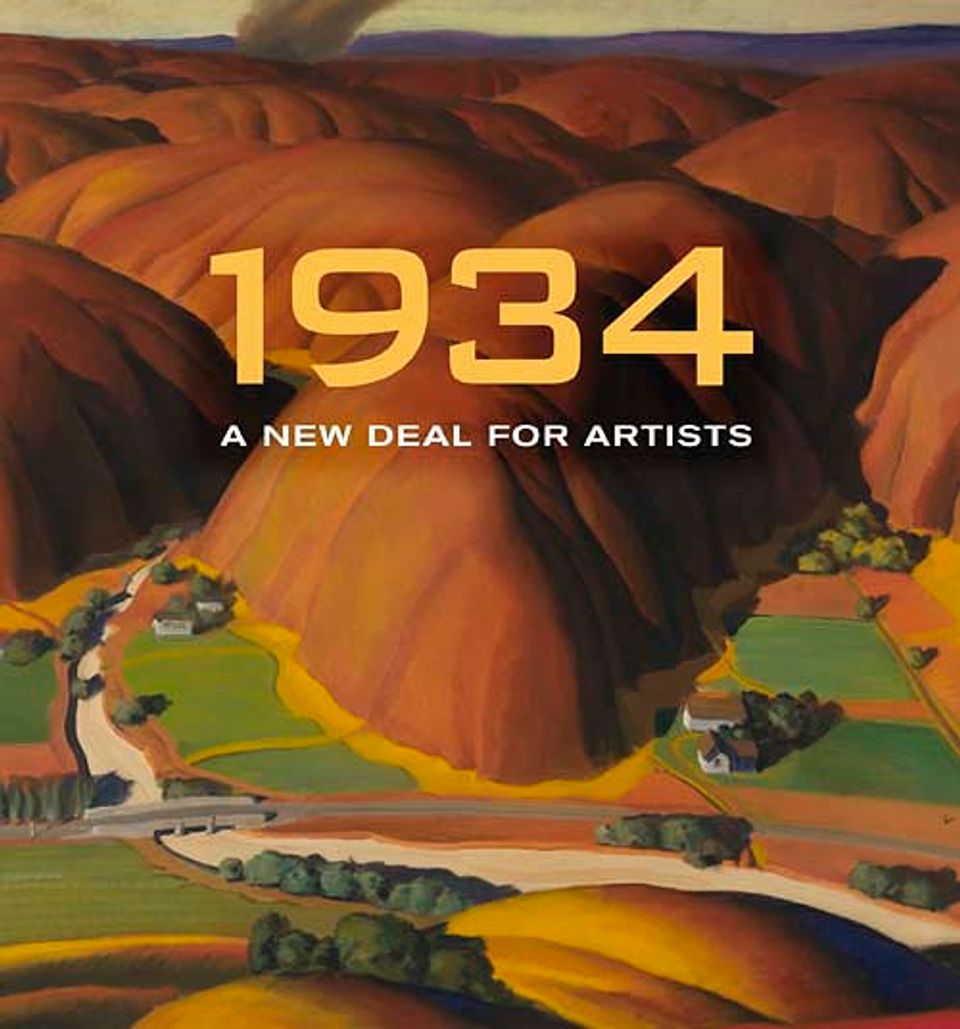Robert Brackman

- Born
- Odessa, Russia
- Died
- New London, Connecticut, United States
- Active in
- New York, New York, United States
- Noank, Connecticut, United States
- Biography
Figure and portrait painter. He held portrait commissions from the du Ponts, Helen Morgan and the Lindberghs. His work characteristically combined still lifes with portraiture.
Joan Stahl American Artists in Photographic Portraits from the Peter A. Juley & Son Collection (Washington, D.C. and Mineola, New York: National Museum of American Art and Dover Publications, Inc., 1995)
- Luce Artist Biography
Robert Brackman came from Russia to the United States with his family when he was eleven years old. He studied art with Robert Henri and George Bellows in New York, and went on to specialize in portraiture and figure painting. Brackman taught at a number of schools including the Art Students League and the Minneapolis Institute of Art, and he lectured widely about art education. He was very conservative in his opinions about art and disdained abstraction, warning his students that “it is for the dilettante and good conversationalist, and not for a student who wishes to become a professional artist.” (Bates, Brackman, His Art and Teaching, 1951)















